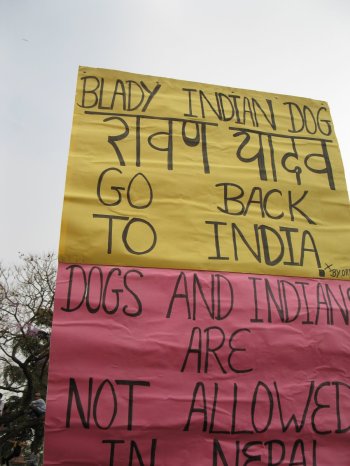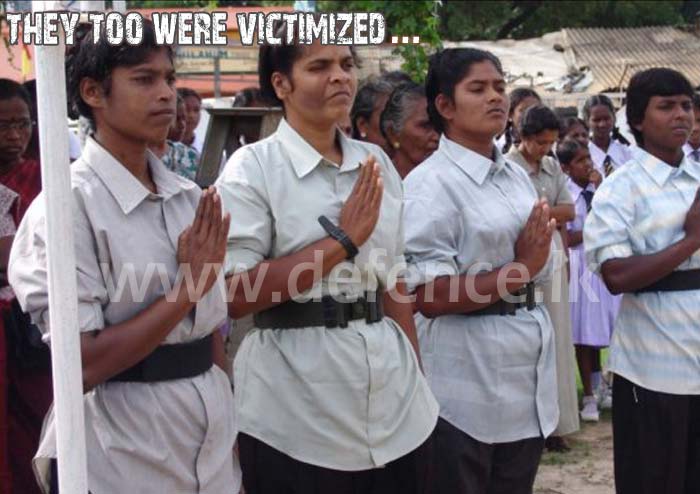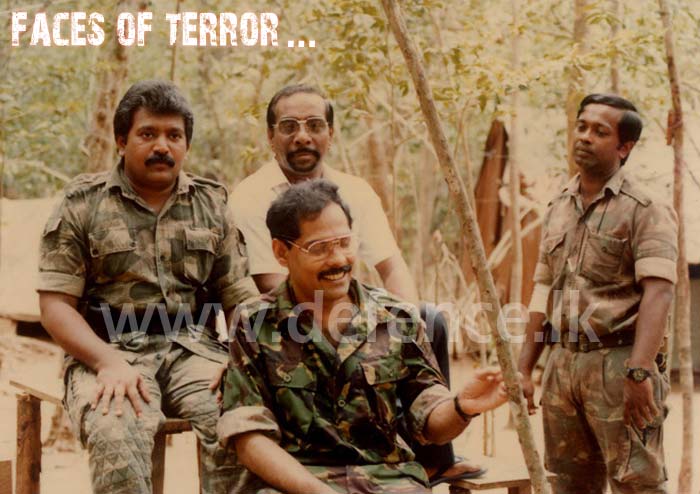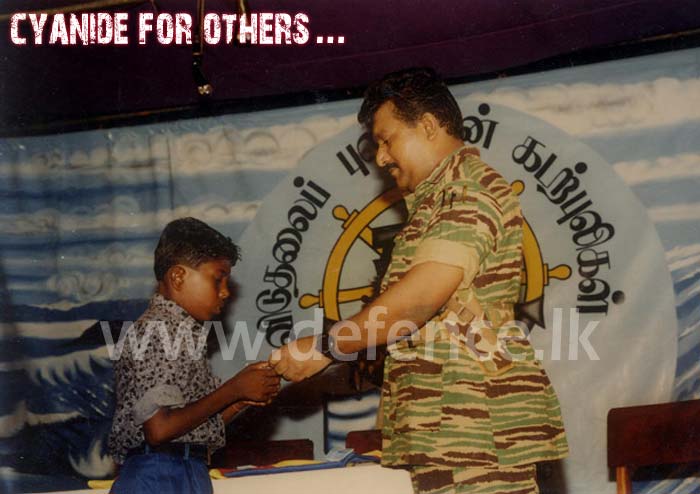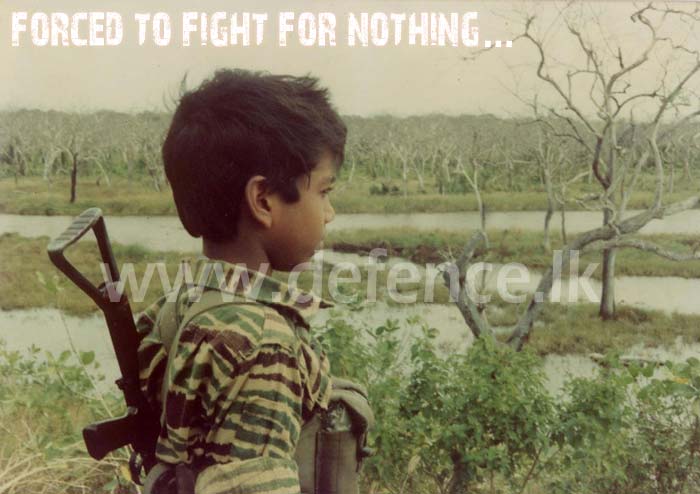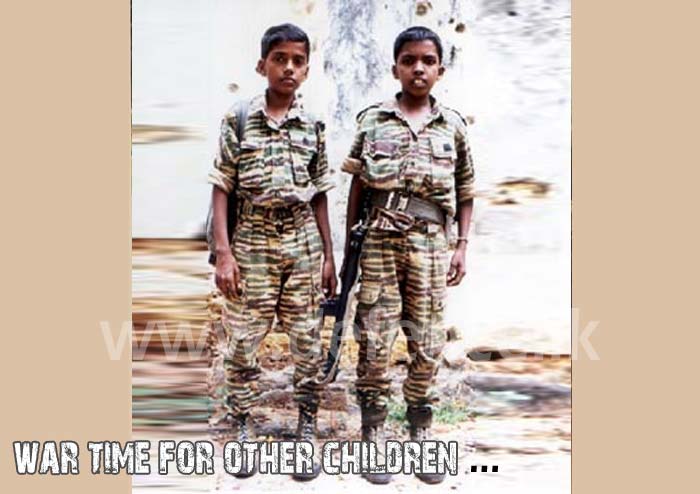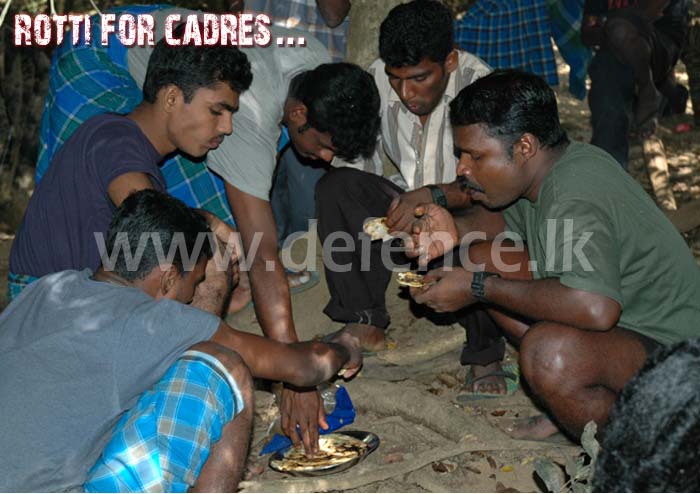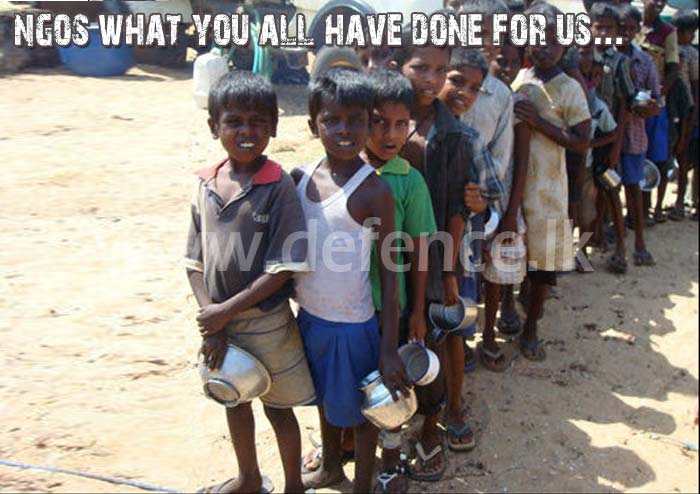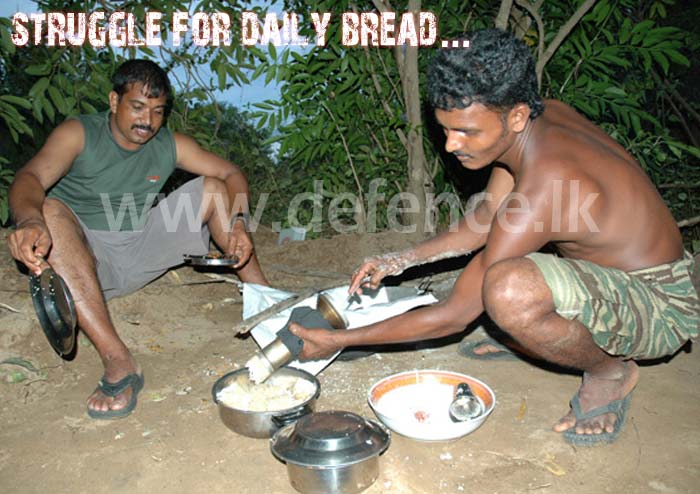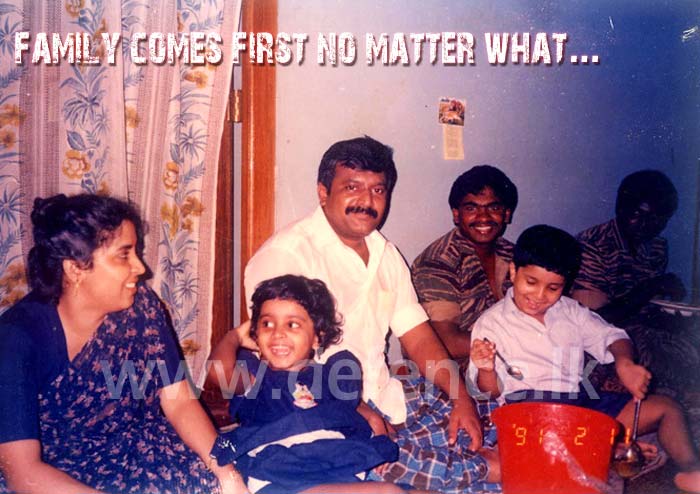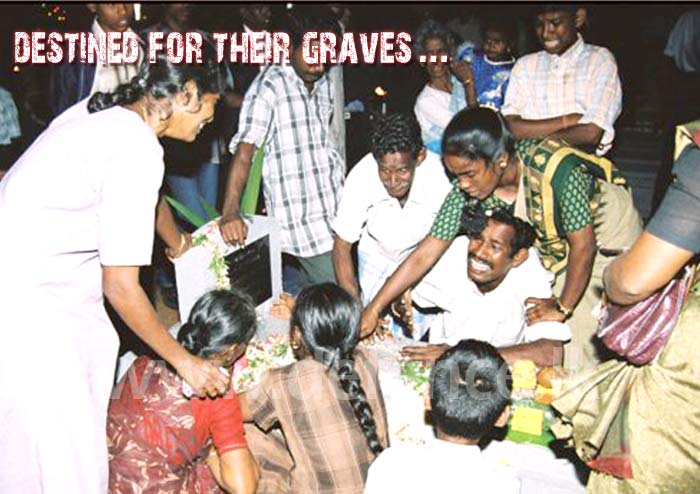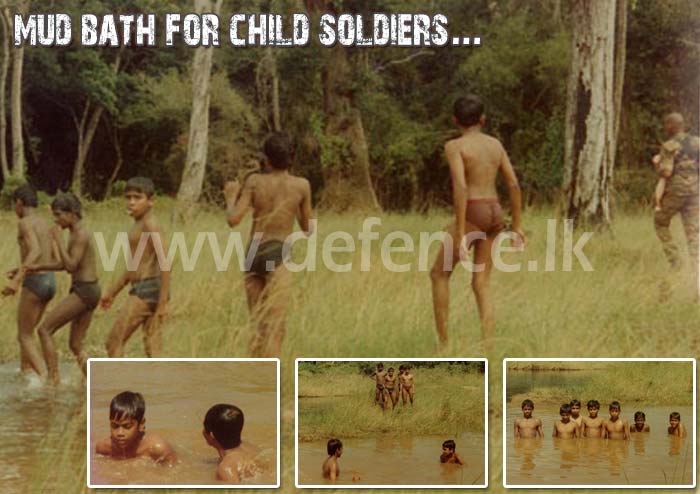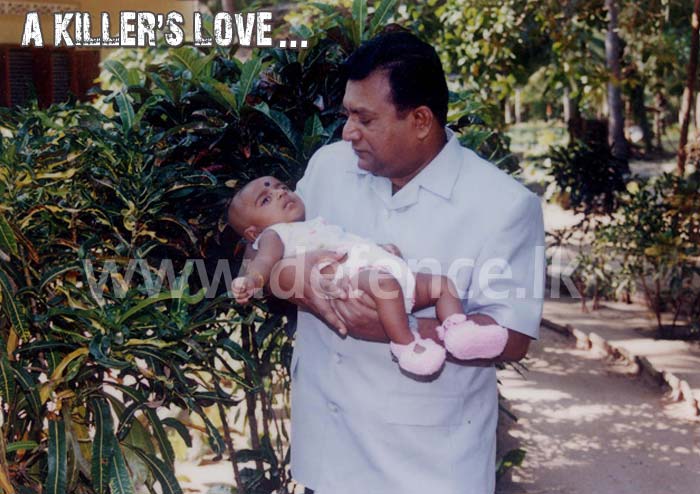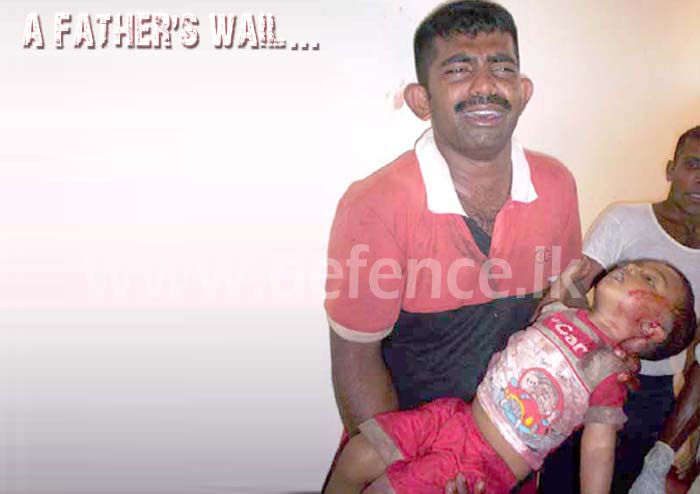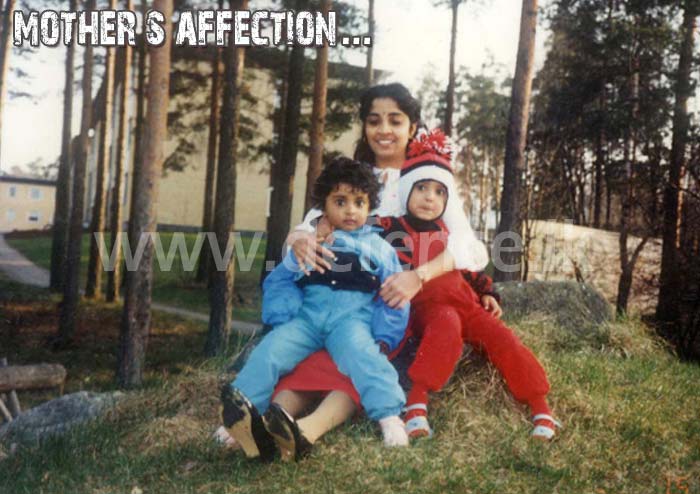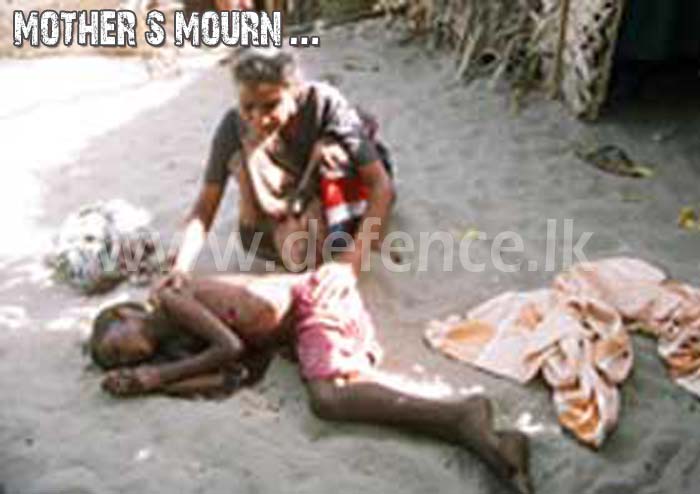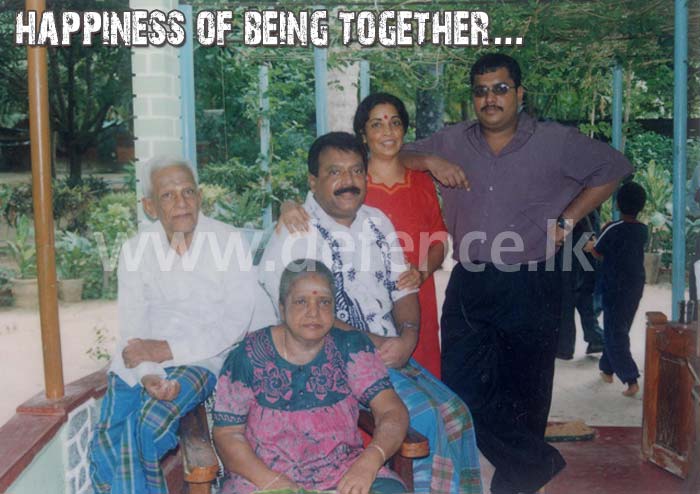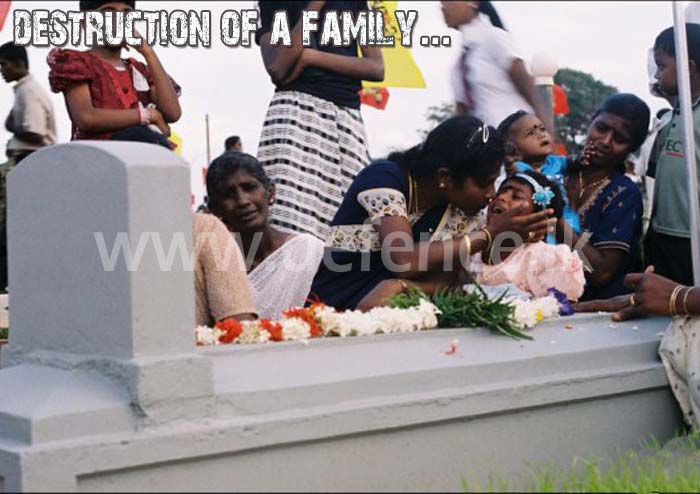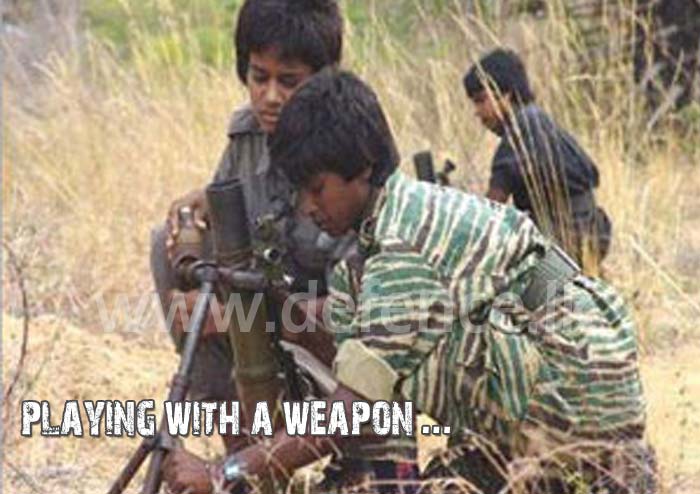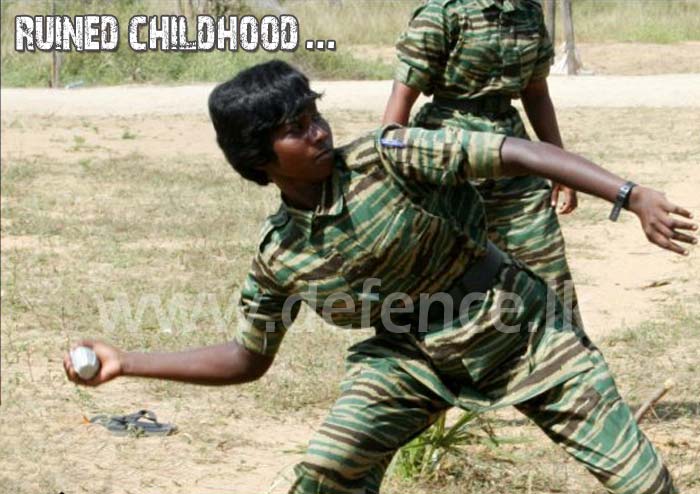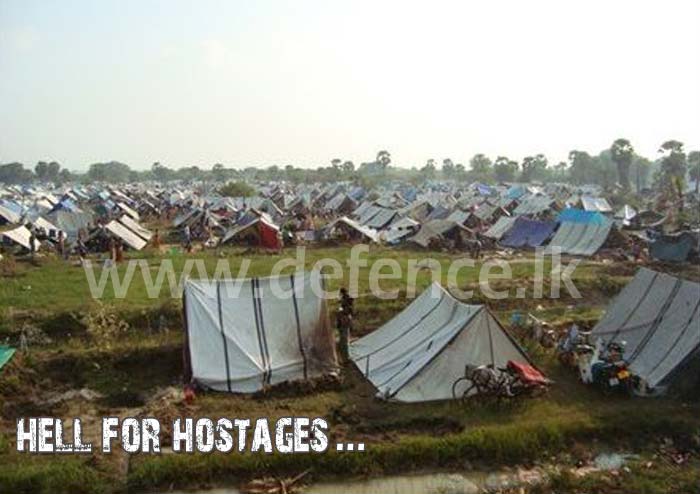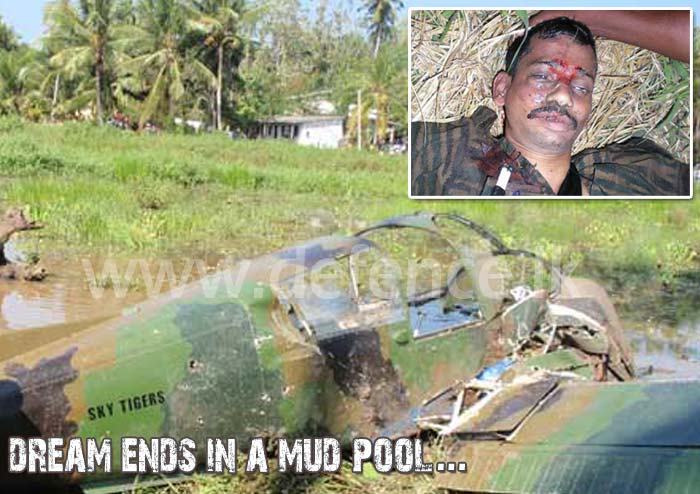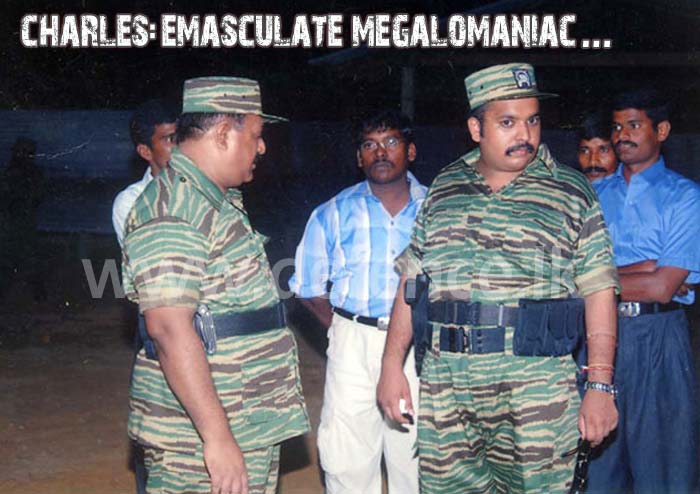By Karthik
Concrete analysis of the concrete situation and applying Marxist-Leninist theory according to concrete conditions are basic criteria for developing the strategic line and evolving necessary tactics or path of revolution in each country. Deviation from this basic principle degenerates the movement to either right opportunist or ‘left’ sectarian, anarchist trends. It is also the experience of the communist movement in India.
In the pre-1947 period, in spite of the growth of the movement at all India level due to vacillation to both right and ‘left’ influence, the CPI leadership failed to establish the working class leadership in the national liberation movement and often reduced itself to tailing behind the Congress. Again during the post-1947 years, once again failing to correctly analyse the international and national situation, developing the path of revolution according to concrete conditions here, it withdrew the Telangana struggle and went under the influence of Soviet revisionism when it emerged.
Though rebelling against the Dangeist leadership, the CPI(M) was born, the failure to concretely analyse the conditions in India and the class character of the big bourgeoisie, to take lessons from the struggle of the CPC under Mao’s leadership against the revisionist leadership of CPSU soon led it to abandoning the agrarian revolution and the line of the People’s Democratic Revolution in practice.
When CPI(ML) was born fighting against the revisionism of CPI and neo-revisionism of the CPI(M) though it upheld the path of agrarian revolution as part of the ‘New’ or People’s Democratic Revolution, coming under the sway of the ‘left’ sectarian line then dominating the CPC and failing to apply Marxism-Leninism-Mao Tsetung Thought in the concrete conditions of India, it deviated soon to a sectarian line upholding the individual annihilation as a short cut to launch guerilla struggle, got isolated from the revolutionary masses and suffered severe setbacks, splintering to many groups. The practice indulged in by the CPI (Maoist) shows that it has not bothered to study the experience of the movement at all and the consequences of its own practice.
What it did before and during this Lok Sabha elections in the name of ‘boycott’ of election alone is sufficient to prove how much damaging it is becoming to the revolutionary movement in this country. In the columns of this journal itself numerous instances of anarchist actions indulged by it creating loss of life and severe damages to ordinary people were pointed out. How its own counter productive squad actions and annihilations in AP where it was boasting about base areas and then guerilla zones once ultimately have led to surrender of large number of its squad members and followers, elimination of its top leaders and decimation of its influence is accepted by its own leadership. In spite of all these it is continuing individual annihilations and sporadic squad actions which are ultimately helping the enemy to use them as a pretext to intensify fascistic suppression preventing mass mobilisations and mass struggles.
Contradiction in its Programmatic ApproachThe Comintern (Communist International), the 1957 Moscow declaration, 1960 Moscow Statement and Proposal Concerning the General Line of ICM of 1963 point out that there are four major contradictions at international level. It was after the Theory of Three Worlds was put forward by the capitalist roaders in China the contradiction between socialism and imperialism started disappearing from the documents of the parties under Dengist influence. It took long seven years for the erstwhile CPI(ML) People’s War group to denounce the capitalist roaders who usurped power in China. But still the CPI(Maoist) has not restored this major contradiction showing the continuation of the influence of the Theory of Three World in its thinking.
Its analysis of India as a semi-colonial, semi-feudal country under neo-colonial form of imperialist indirect rule, exploitation and control is self-contradictory and exposes its ignorance about both the terms, semi-colonial and neo-colonial. Lenin has explained that under colonial system there are three type of countries — colonial, semi-colonial and dependent. As Lenin and following him Mao had pointed out semi-colonial is a country in a transition where the colonisation is not yet completed. As far as India is concerned, colonisation started here from the time of Plassy war and it continued under semi-colonial transition stage till the First War of Independence of 1857-58, after the defeat of which India became a colony under British crown. In China the colonisation continued, but it remained in the transition stage, and so it was called semi-colonial.
The neo-colonial forms of imperialist domination was initiated after the World War II, with US imperialism replacing British imperialism as the leading power and introduced IMF-World Bank-MNCs and other neo-colonial tools of exploitation along with ‘de-colonisation’ to remove all restrictions for the entry of finance capital of all imperialist countries. Following many articles published in Cominform journals and in the 1950s, the CPC has explained neo-colonialism well in the Fourth Comment of the Great Debate in 1963: Apologists of Neo colonialism.
As the inner-party struggle intensified within the CPC with the overthrow of Liu-Deng forces followed by Lin Biaosit ‘left’ deviation coming into ascendance, the theoretical discussion on neo-colonialism did not advance, and for a time both semi-colonial and neo-colonial were used synonymously in an erratic form. Later many of the ML groups abandoned neo-colonial concept and reverted to calling India semi-colonial in spite of the 1970 Party Programme of CPI(ML) analysing India as a “neo-colony of US imperialism and Soviet social imperialism”. That
CPI(Maoist) is using these words ecclectically without understanding them is clear from their analysis of Indian situation.
In para 10 of CPI(Maoist) Programme it is stated: “after the end of direct colonial rule imperialism adopted new forms of indirect rule, exploitation and control of the nations and countries subordinated to them. That is called neo-colonialism”. If so why stick to semi-colonial religiously, to a category Lenin used to explain countries where colonisation was started, but not completed? Then its programme further explains that “the domination and control of the imperialist finance capital in every sphere of our life — economic, political, military and cultural — continue to increase further and further”. But the consequences of it and imposition of neo-liberal policies, it refuses to admit.
Instead it religiously talks about feudalism still remaining as social prop of imperialism, as a fundamental contradiction, repeatedly call India semi-feudal and talks about continuation of share cropping. In short it refuses to see the vast changes that have taken place in all walks of life including the agrarian sector where old feudal landlords are overwhelmingly replaced by agricultural bourgeoisie and rich peasants under neo-colonisation. Marxism is understood as a dogma, not as a science.
Instead of “seeking truth from facts”, refusing to make a concrete analysis of present situation, it has cooked up Indian condition to suit the mechanical adoption of the strategy of “protracted people’s war” which was developed and applied in the then concrete conditions of China. Then Mao’s quotations are utilised mechanically refusing to see the basic differences of pre-revolutionary China with present day India. As Mao has explained, in China after the split with the Kuomintang, the CPC was also leading an army, and thereafter the conflict was a military one in the course of which guerilla tactics were utilised.
That is why Mao’s writings of this period are called military writings dealing with the theory and practice of the military conflict between red army and the Kuomintang army. It is yet another grievous mistake like misinterpreting the war of annihilation explained in Mao’s writings as the line of individual annihilation which caused severe setback to the movement, and which is still religiously pursued by the CPI(Maoist).
In the programme and in the Strategy and Tactics of revolution is has accepted communist party as the vanguard of the proletariat, that the NDR and agrarian revolution should be led by the proletariat, and that working class is more than seven crores in strength. But its entire practice shows that this cardinal question is not at all given any importance when in reality the strength of the working class is about 15-20 crores and without politicalising them and establishing their practical leadership in the field neither the NDR can be led to victory nor the setbacks like the ones suffered in former socialist countries can be prevented.
The question of working class is mentioned just as a theoretical cliche de-linked from practice. A study of its documents reveal that the Indian situation is understood without any concrete analysis, cutting the leg according to the size of the shoes. It is this mechanical approach and ecclectical thinking which has led it to outright anarchist practice harming the revolutionary movement. It was Lenin who taught that both Mensheviks and Narodniks ultimately serve the ruling system.
Consequences of Anarchist PracticeIn the last decade, as the neo-liberal policies have started intensifying the miseries of the vast masses, numerous mass upsurges, even spontaneous movements have broken out challenging the ruling system. There are reports of such big and small struggles from different states involving millions of people. Singur, Nandigram, Chilka, Kalinganagar, Posco, Kashipur are some among them. In Chattisgarh itself against the privatisation of Sivnath river there was a long drawn struggle as a result of which the then Congress government had to withdraw some of its disastrous clauses.
Then when the BJP government decided to sanction three SEZs in the state and issued notification to procure about 7000 acres of agricultural land belonging to 25-30 villages the farmers were mobilised and after a militant movement the government was forced to suspend all SEZs. Both these movements were led by CPI(ML). But what is the case in Bastar districts where CPI(Maoist) claims to have base areas sometimes and guerilla zone at other times. Tata-Essar has launched a project there to carry the rich iron ore from Bailadila through pipe line to Visakhapattnam. ‘Maoists’ have declared that such projects for looting the natural resources damaging environment and uprooting tens of thousands of adivasi families will not be allowed.
But according to available reports Tata-Essar has built 375 kms of pipe line already. On the one hand, neither the ‘Maoists’ nor the government though black laws enforced and forces deployed in the name of Salwa Judum to fight ‘Maoists’ allow any mass movements in the area. On the other hand, both of them in effect serve the corporates to build the project while in nearby Rajanandgaon district a mass movement could prevent the SEZ. These facts are revealing.
And what is the result of the election boycott of ‘Maoists’ in this area? Both in 2003 and 2008 assembly elections, the voting was almost 60% and BJP considered the number one enemy by the ‘Maoists’ won 11 out of the 12 seats. There are not reports of any organised democratic mass movement of the adivasis and of agrarian struggle with land to the tiller slogan led by them from this area. In the current Lok Sabha elections also the media gave lots of publicity to their boycott call. When the CPI(Maoist) programme calls for “raising the slogan ‘Boycott election is a democratic right’ on a mass scale”, even when there is a provision now in the ballot to express dissent, so far there are no instances of such a campaign by them even from their ‘base areas’ or ‘guerilla zones’.
What they do is mining election booths or killing polling staff, terrorising the people to prevent voting. If polling is disturbed in some booths as a result, re-polling is done in the same area after a couple of days. Are they going nearer to their capture of political power by indulging in these terror tactics in a negligible number of booths? If the government decides to close down the parliamentary system and go for a vote-less dictatorship, will they consider it more democratic? Their approach to election boycott is proved absurd similar to their claims about stopping Tata-Essar and allowing them to go ahead with the project comfortably after paying ransom.
Are They Ready to Rectify the Anarchist Path?The communist parties are trying to learn from the past mistakes which led to the severe setbacks to the ICM and rebuild the movement in all countries. No organisation worth the name of a communist party can address the people today by repeating that everything was fine except for some individuals like Krushchov, Deng, and the CPI-CPI(M) leadership. How could revisionism emerge and destroy all the former socialist countries ?
How could Vietnam after such a heroic struggle and historic victory degenerate so fast? What happened to the much acclaimed Philippines and Peru movements? Why did the Maoists in Nepal had to change their path? How can CPI(Maoist) explain their setback in AP and their influence almost disappearing in a number of states? How the theory and practice of proletarian revolution can be developed when “the domination and control of the imperialist finance capital in every sphere of our life — economic, political, military and cultural — continue to increase further and further”? How can the party be built up with “centralism based on democracy” after most or even almost all of the parties built up under Communist International have degenerated as bureaucratic organisations ?
How the bureaucratisation evident even in ‘Maoist’ parties can be overcome? Similarly, can we close our eyes to the sea-change that has happened in India compared to the conditions of pre-revolutionary China? All these and many more question are raised by not the enemies but the friends of revolution and even common masses nowadays.
The provocation for writing this observation is the drama of the election boycott organised by the CPI(Maoist) in the first two phase of the Lok Sabha elections, even by hijacking a passenger train terrorising almost seven hundred common people travelling in that. Marxist teachers down to Mao teaches that it is the people who create history, revolution is the festival of the masses. The role of the communist party is to politicise the masses, organise them and lead them towards revolution. History teaches that the experience of the revolutionary struggle in any country cannot be copied and repeated in any other country mechanically. If it is tried, first time it will be a tragedy, then a farce. So let the CPI(Maoist) stop acting like contractors of revolution. Let us try to study how to build the Party in this vast country with almost 120 crores of people, out of them almost 20 crores of workers in organised and unorganised sectors, as the real vanguard of the proletariat in the true Marxist-Leninist sense, rectifying past mistakes, making concrete analysis of the international and national situation, and ready to develop our theoretical understanding and practice based on it.
From the
CPI(M-L) Red Flag journal

